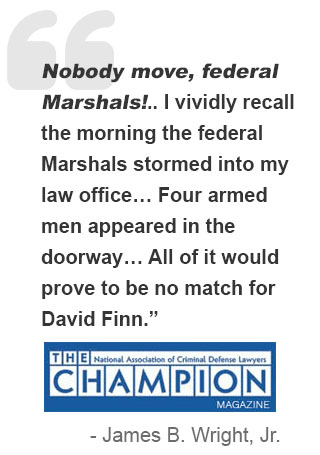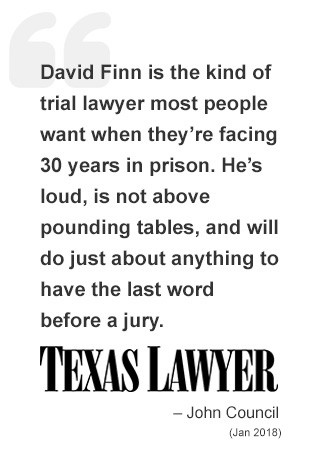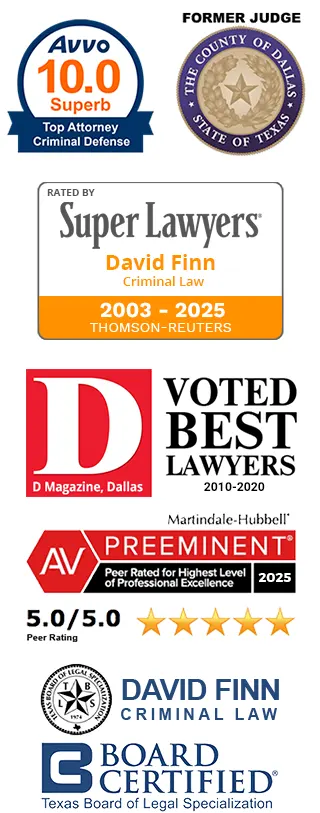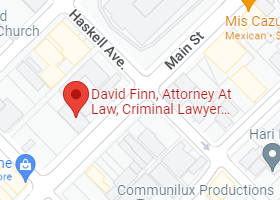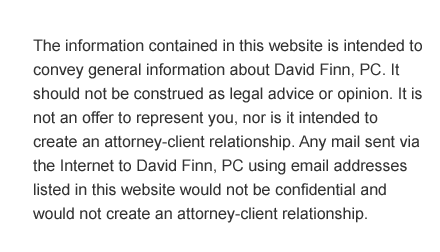

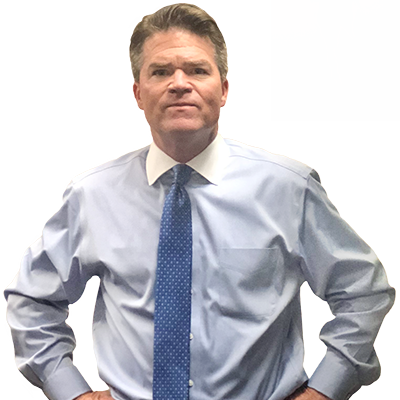
DWI Technical Supervisor Testimony-David Burrows
Technincal Supervisor Testimony
TESTIMONY OF
KRISTI SWEARENGIN
TECHNICAL SUPERVISOR
April 14, 2005
TESTIMONY
KRISTI SWEARENGIN,
having been duly sworn, was examined and testified as follows:
DIRECT EXAMINATION BY MR. BOYD:
Q. Okay, Kristi, let’s see. What we’ve got here is John Doe was supposedly pulled over at 4:13 p.m. and then we have a breath test at 17:23 p.m. Can you tell us what his probable breath alcohol concentration was at 4:13 when he was pulled over?
A. Um, all I can say is he could have been higher, could have been lower, or could have been the same.
Q. Okay. Now, recently, the technical supervisors in Dallas were unable to appear at ALR hearings and canceled several trials at Crowley. Can you tell us why that was?
A. Yes.
Q. Why?
A. We had — on March 5th we had a subject who provided a specimen on one of our intoxilyzers and gave a false negative result.
Q. A false negative. Can you describe that?
A. Yes, he provided a specimen and blew zeroes. He was immediately taken out of that room. He was given a portable breath test where he indicated a .16. The operator then took him into another room and gave him another breath test where he blew a .16 on that intoxilyzer.
Q. Did you get to the bottom of that?
A. Yes, we did.
Q. What was the problem?
A. The instrument was giving a false negative result. It is possible, given certain — I’m trying to think of the word I’m looking for. Certain circumstances that can occur with the intoxilyzer, it is possible for someone to blow very lightly into the instrument. The instrument’s flow sensor was set extremely low and there’s a one-way valve that was sticking to where his sample never made it into the sample chamber to be analyzed by the intoxilyzer.
Q. Okay. Why did you have to shut down the whole breath testing program because of that one thing —
A. Okay.
Q. — one defective instrument?
A. Um, well, because we couldn’t explain it at first. So then we’re thinking that the intoxilyzer is just magically producing its results. We couldn’t say at first that it was the zero that was the problem. It could have been the one six. So there are — we didn’t know. We couldn’t explain it; therefore, we didn’t know exactly which instrument was the problem. And you can see where that could be bad if it’s magically just producing a .16 and he’s really a zero. That’s a problem.
Q. Okay. And, now, was this instrument owned by Dallas?
A. Yes, Dallas PD.
Q. Was it one of the ENs?
A. Yes.
Q. Okay. So you are having some problems with the ENs, aren’t you?
A. No, not at this time.
Q. Okay. Now, you had one, I remember, that you didn’t have the heating element that went all the way the length of the breath test sample chamber; is that correct?
A. That’s — all of them have to be checked for that when they come in to make sure they are coming from the factory wrapped correctly. That’s not a major issue. That’s something that is easily corrected by us.
Q. Okay. And then you have had some software issues with the EN; is that correct?
A. We — we continue to have software issues with both the EN and the 68, the older 68 model.
Q. And have they told you now that you can’t produce maintenance records with these instruments?
A. Um, it’s not that they told us. It’s that they have forced us to change data management systems to their DPS system and I can no longer generate those type of records.
Q. With all the intoxilyzers or with just the ENs?
A. With all of them.
Q. Okay. Do you have maintenance records pertaining to this instrument?
A. I don’t have maintenance records, per se, but what I brought with me to show that the instrument was operating correctly, I brought the actual — I brought copies of the actual test records that we generated at the time of our on-site inspections.
Q. Can I see those?
A. Most certainly.
Q. Okay. So these are just copies of records; is that correct?
A. Yes, that’s correct.
Q. If I offer these into evidence, you can reconstruct these —
A. Oh, yes.
Q. — is that correct?
A. Yes.
Q. So if I have this DX-3, consisting of, 2, 3, 4 pages, these are records that were generated in your capacity as technical supervisor; is that correct?
A. I may not have specifically generated those records, but one of my co-workers did.
MR. BOYD: Okay. I’ll go ahead and offer DX-3, consisting of four pages.
MR. OGLESBY: No objection.
THE COURT: DX-3 is admitted.
Q. (By Mr. Boyd) Now, the intoxilyzer instrument that was used to test Mr. Doe, that is not an EN, is it?
A. I don’t have that in front of me. Read me the serial number.
Q. 2227?
A. No, that is not an EN.
Q. That’s an older instrument; is that correct?
A. Yes, that’s correct.
Q. Now, I think you said in your technical supervisor affidavit, form DIC-56, that the times that this instrument was checked before and after, I believe, were 10-26-04, and then 11-15-04. Okay. Is that because this instrument would have been taken out of service on 11-15, do you think?
A. That was not indicated on the records that I brought with me, so, no.
Q. So it says the dates, one after 10-27-04 —
A. Yes.
Q. — the instrument was checked, 10-26-04?
A. Yes.
Q. And 11-15-04?
A. Yes.
Q. So that wasn’t the 30 days following 10-27. Why was it only checked for a period of a couple of weeks after this test?
A. Um, I don’t really have the exact answer for that. One — what I can say is we’re required to check them once every calendar month and we kind of squeeze it in when we can do them during the calendar months. So I would say whoever checked it afterwards possibly could only get out there a few weeks after it had initially been checked.
Q. Can you describe what it was about the change to the DPS protocol that doesn’t allow you to get maintenance records for these machines now?
A. You are asking me about programing of software that I have no idea about. All I can — all I can really say is we are the larger area. We generate the most data for the state. They don’t want to keep the vast amounts of data that we keep; therefore, they would not allow those fields to be kept and these queries to be generated in the new software, because DPS doesn’t want to keep them.
Q. So how long do they allow you to keep them?
A. Well, now we’re into a situation where we are having to figure out other ways to provide this information by hand. That’s why I brought the actual test records from the time. I just can’t print out that nice pretty report I used to bring before. That feature is not available at this time on the software.
Q. Was the machine that produced the spurious results, was that an EN?
A. Yes, it was.
Q. Okay. And you don’t have any idea how the software calculates the number that comes out that says .108 or .10 or, you know, .4, or whatever it is, do you?
A. I can tell you the theory behind it. I cannot tell you its mathematical calculations it goes through.
Q. That’s, what, a trade secret by CMI?
A. That’s correct.
Q. And they don’t allow you or the Scientific Director or anybody to know that, do they?
A. That’s correct.
Q. Okay. And in this case, is it possible, given the data that you have, the time of the stop, and the breath test result, that Mr. Doe could have been under .08 at the time of the stop?
A. Not based upon that information. I will require more information.
Q. Okay.
MR. BOYD: I’ll pass the witness.
STATE OF TEXAS *
COUNTY OF DALLAS *
I, NANCY BREWER, Certified Court Reporter, do hereby certify that the foregoing pages constitute a full, true, and accurate transcript of the proceedings held, as they were transcribed from audio tapes, to the best of my ability.
SUBSCRIBED to by me on this the 2nd day of May, 2005.
___________________________
NANCY BREWER, CSR, NO. 5759
My Commission Expires 12-31-2006
Phone Numbers
Office: (214) 538-6629

